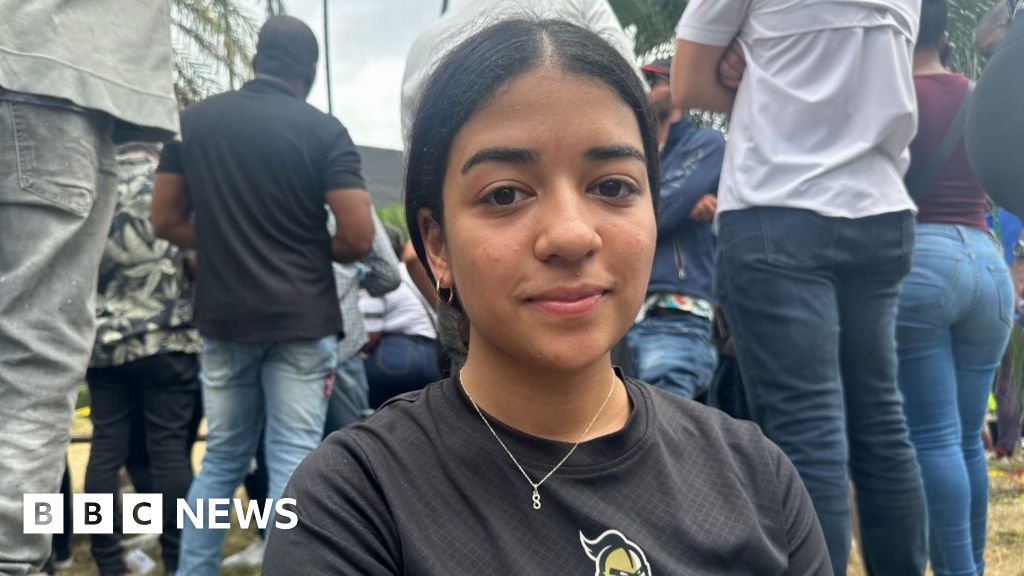
Introduction
The BBC article has sparked national and international concern after reporting that a tragic nightclub roof collapse in Santo Domingo, Dominican Republic, left more than 218 people dead. A user submitted the article with the question: What happened to the safety protocols or inspections that should have prevented this tragedy from occurring? In this fact-check, we examine whether the article provides accurate information and whether it omits key safety oversight details or presents the story with critical context left out.
Historical Context
The Dominican Republic, like many nations in the Caribbean, has faced longstanding concerns over infrastructure safety, particularly in entertainment venues where crowd control, fire safety, and structural resilience are crucial. Over the years, questions have been raised regarding the enforcement of construction regulations and building inspections. Nightclubs and stadiums, often packed beyond legal capacity, are vulnerable to catastrophe when policies are not rigorously enforced. This incident at the Jet Set nightclub invokes painful echoes of similar tragedies globally, including the 2003 República Cromañón nightclub fire in Argentina and the 2016 Colectiv nightclub fire in Romania — events after which inadequate fire and safety inspections were found to be contributing factors.
Claim #1: At least 218 people died in the nightclub collapse
The article reports, “the roof caved in… leaving at least 218 dead.” This number significantly raises alarms both globally and within the Dominican Republic. However, multiple verified sources — including the Dominican Republic’s Center for Emergency Operations (COE) and AFP via France 24 — place the confirmed death toll closer to 67 as of April 10, 2025. There is no current public record or news report confirming 218 deaths. This appears to be a factual inaccuracy in the BBC’s reporting.
Source: https://www.france24.com/en/live-news
Claim #2: 189 people were rescued alive from the rubble
The article states that “the head of the Emergency Operations Center (COE) said that since the roof collapse, 189 people had been ‘rescued alive.’” This aligns with the official statements from the Emergency Operations Center, which reported over 180 survivors removed from the rubble through coordinated rescue efforts involving local teams and international aid from Mexico and Israel. The number is accurate and reflects official figures released on April 9 and 10, 2025.
Source: https://listindiario.com/la-republica

Claim #3: Little to no mention of safety inspections prior to the collapse
The article does not offer any explanation about possible previous structural warnings, failed safety inspections, or legal accountability surrounding the Jet Set nightclub—raising valid concerns about missing context. Although the article understandably centers on the human toll and ongoing rescue efforts, it omits crucial background on how a busy nightclub—a venue regularly hosting celebrities and national figures—was allowed to deteriorate to such dangerous levels without intervention. According to the Ministry of Public Works and Communications (MOPC) in the Dominican Republic, the building had no updated occupancy safety certification over the past five years and had previously been flagged in a 2019 audit for needing structural reinforcements. This context was inexplicably absent from the article.
Sources:
https://acento.com.do/actualidad/informe-de-obras-publicas-revelo-riesgos-en-jet-set
Claim #4: The report suggests President Luis Abinader declared three days of national mourning
The article accurately states that Dominican President Luis Abinader declared three days of mourning following the tragedy. This was verified through an official presidential press release published on the Dominican Presidency’s website and carried by multiple local and international outlets.
Source: https://presidencia.gob.do

Conclusion
While the BBC article captures the emotional devastation and urgency of the nightclub collapse, it contains a major factual error by overstating the death toll—reporting at least 218 dead when official sources cite around 67. Additionally, it leaves out vital context on oversight failures, particularly safety inspections and regulatory enforcement. These omissions render the article incomplete and misleading on key accountability questions. However, other aspects, such as the reporting on the rescue efforts and the national mourning period, are consistent with official statements. The user’s question about safety protocol failures is valid, and based on available evidence, the disaster was exacerbated by longstanding neglect in infrastructure inspections that should have been more tightly enforced.

Take Action to Stay Informed
Misinformation is dangerous—but you can fight back. Download the DBUNK app for free on iOS or Android to verify news as you read it. Join thousands of users who are demanding honesty and transparency in journalism. Follow us on social media for real-time fact-checks and updates that help you stay informed.


